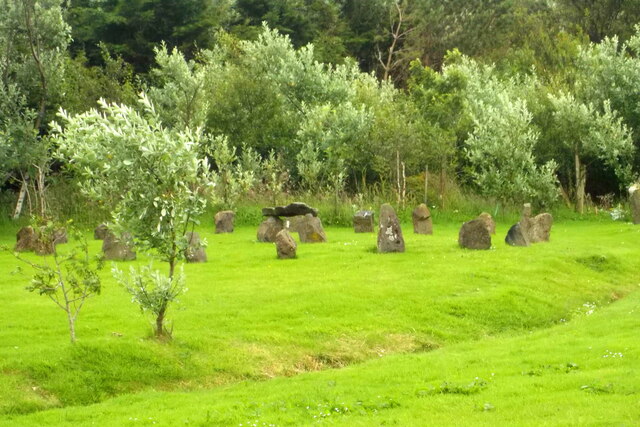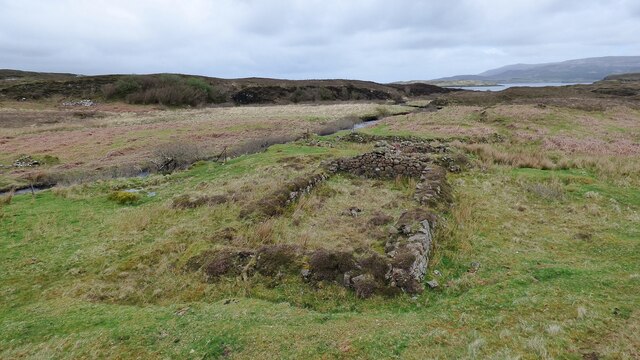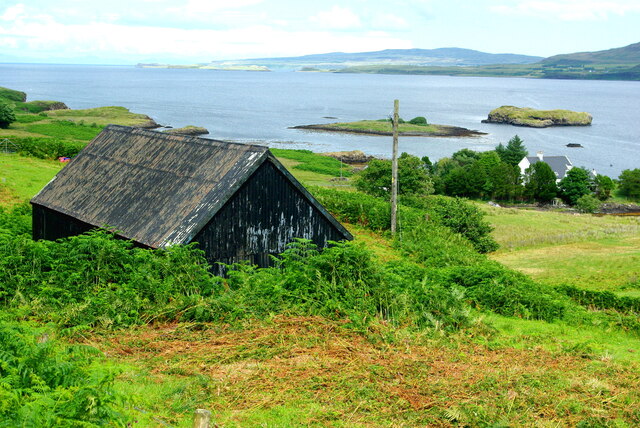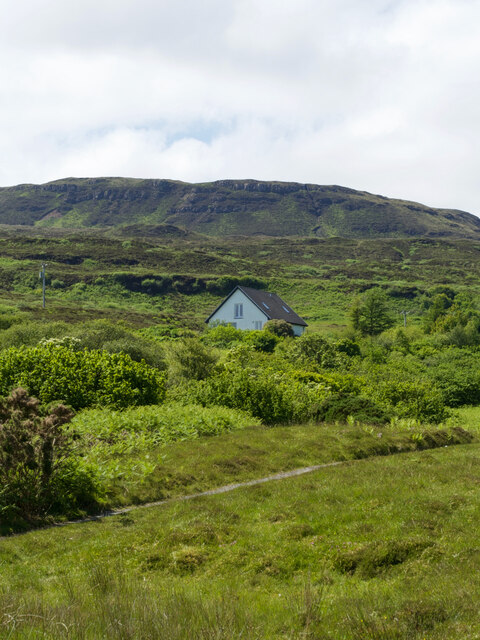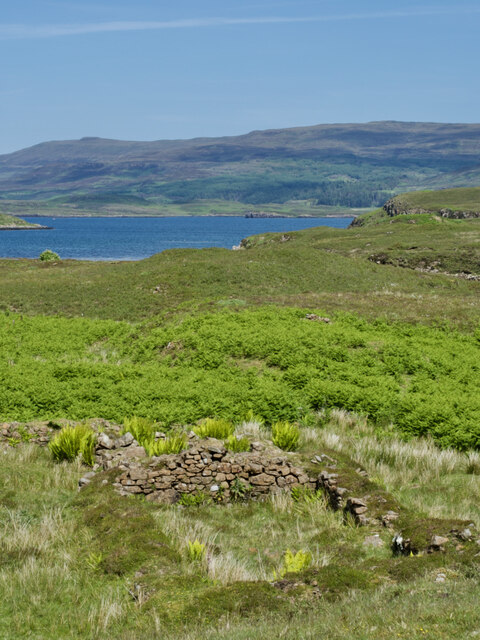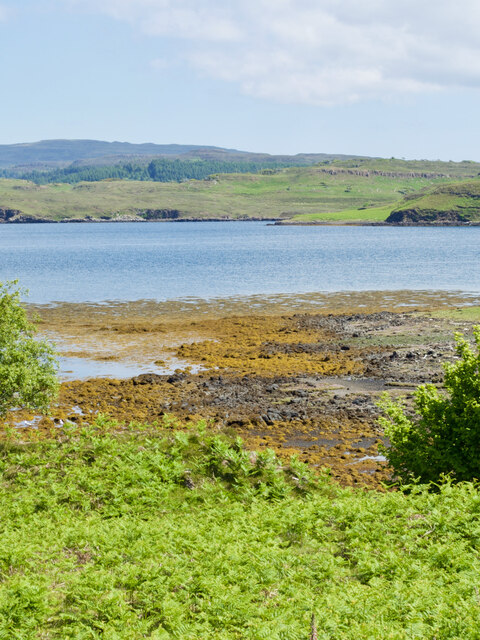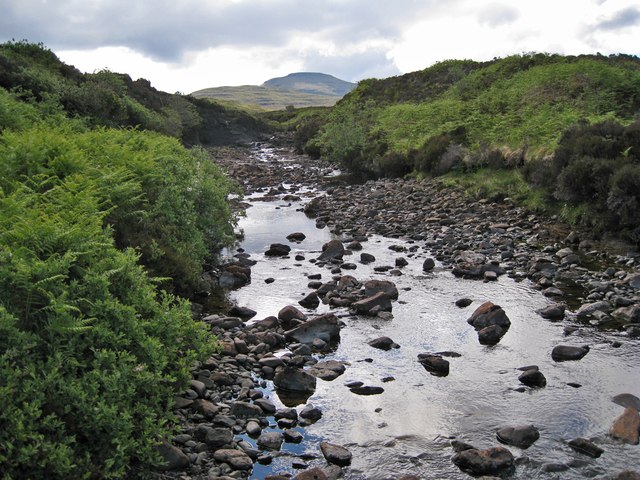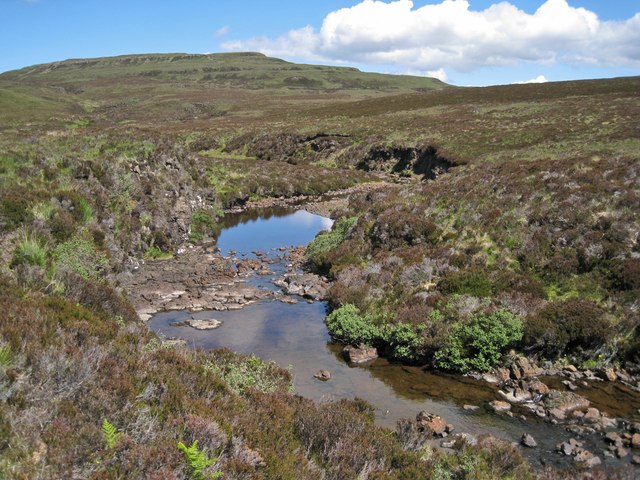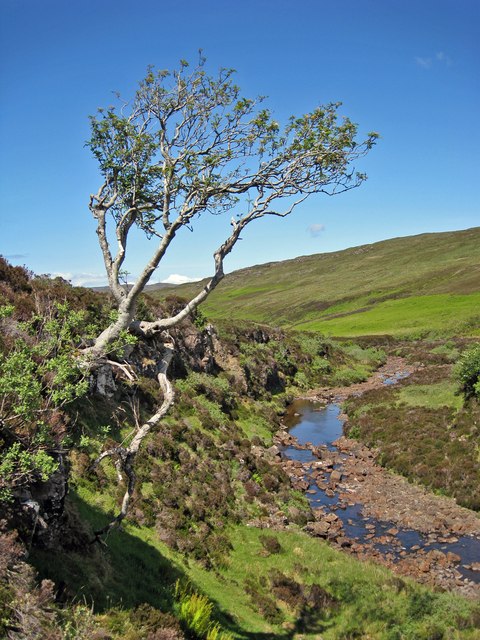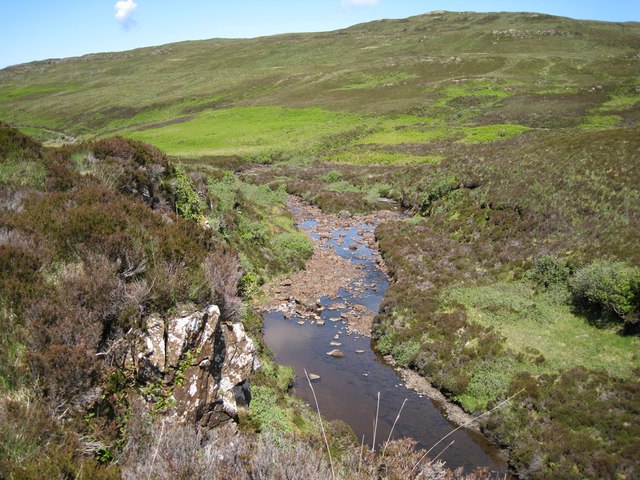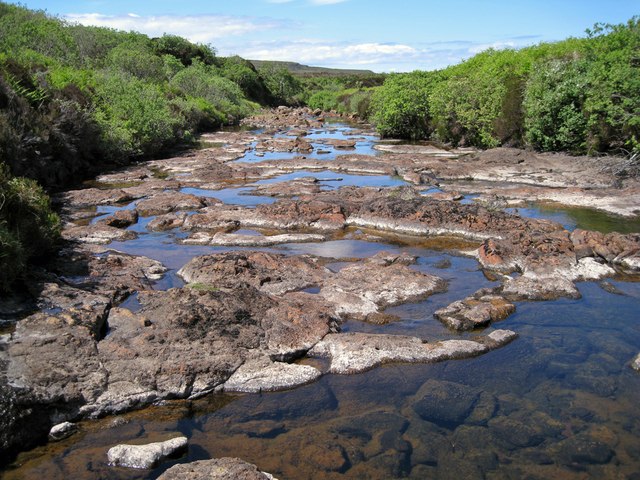Beinn an Fhraoich
Hill, Mountain in Inverness-shire
Scotland
Beinn an Fhraoich
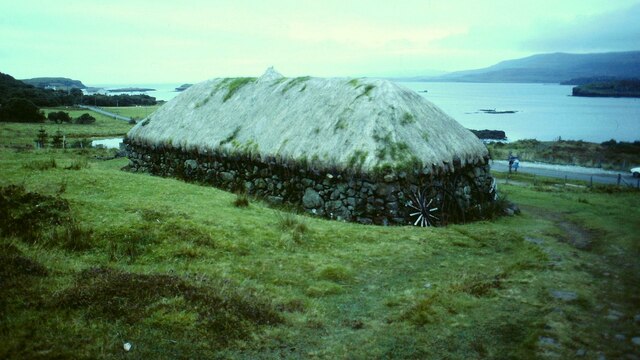
Beinn an Fhraoich, also known as Hill of the Heather, is a prominent hill/mountain located in Inverness-shire, Scotland. It is situated approximately 10 miles south of the town of Inverness, near the village of Kiltarlity.
Standing at a height of 391 meters (1,283 feet), Beinn an Fhraoich offers stunning panoramic views of the surrounding countryside. Its location on the edge of the Great Glen provides visitors with a unique perspective of the nearby mountains, including Ben Wyvis and the Monadhliath Mountains.
The hill itself is covered in heather, hence its Gaelic name, which translates to "Heather Hill." The vibrant purple hues of the heather create a beautiful contrast against the green landscape, especially during the summer months. Beinn an Fhraoich is also home to a variety of other plant species, including juniper and blaeberry.
The hill is a popular destination for outdoor enthusiasts, offering a range of activities such as hiking, hillwalking, and birdwatching. There are several well-marked trails that lead to the summit, providing visitors with a challenging yet rewarding experience. Along the way, one may encounter wildlife such as red deer, mountain hares, and various bird species, including golden eagles and peregrine falcons.
Beinn an Fhraoich is easily accessible, with parking available near the village of Kiltarlity. It is a great option for those seeking a memorable outdoor adventure and a chance to appreciate the natural beauty of the Scottish Highlands.
If you have any feedback on the listing, please let us know in the comments section below.
Beinn an Fhraoich Images
Images are sourced within 2km of 57.430394/-6.6534876 or Grid Reference NG2047. Thanks to Geograph Open Source API. All images are credited.

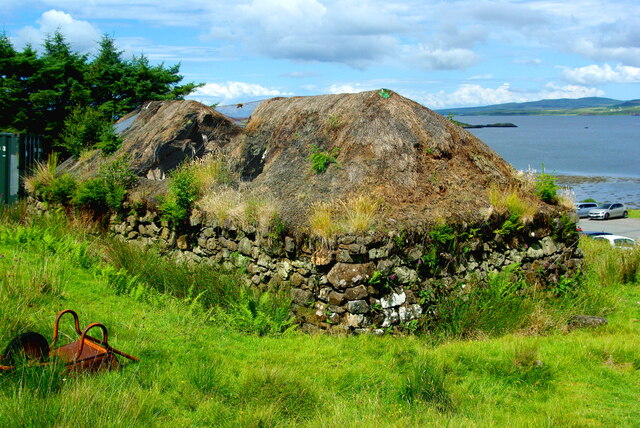
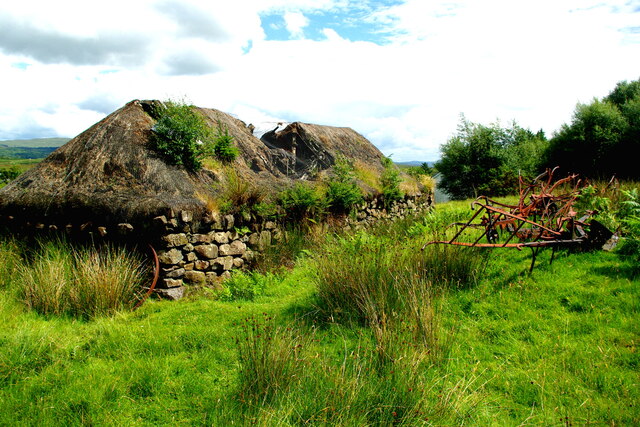
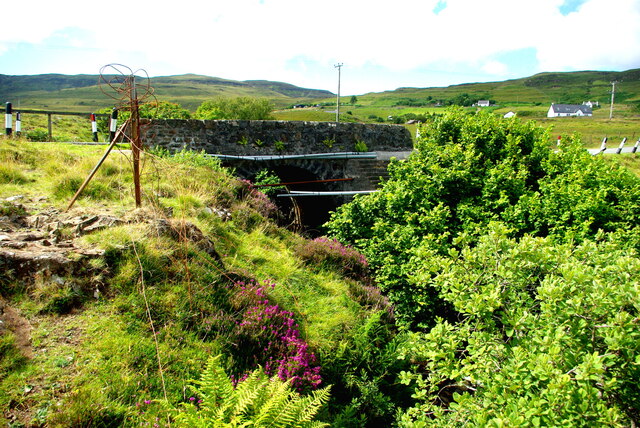
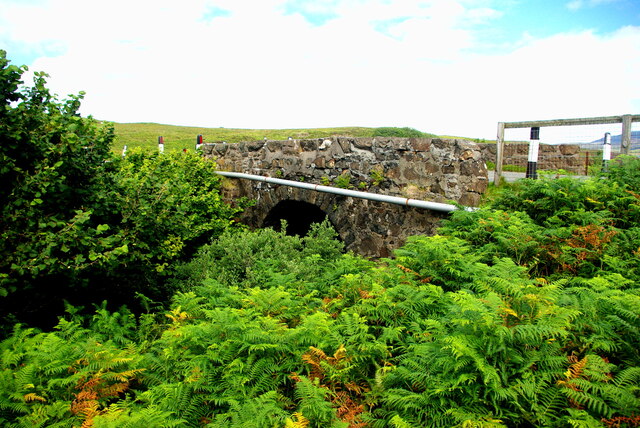
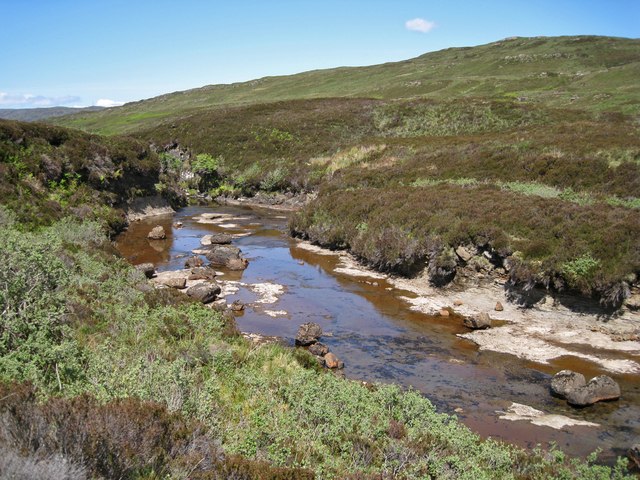
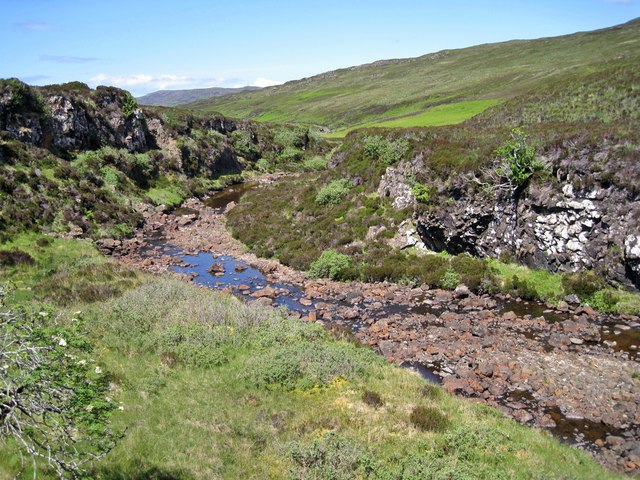
Beinn an Fhraoich is located at Grid Ref: NG2047 (Lat: 57.430394, Lng: -6.6534876)
Unitary Authority: Highland
Police Authority: Highlands and Islands
What 3 Words
///nosedive.golf.novelist. Near Glendale, Highland
Nearby Locations
Related Wikis
Duirinish, Skye
Duirinish (Scottish Gaelic: Diùirinis) is a peninsula and civil parish on the island of Skye in Scotland. It is situated in the north west between Loch...
Colbost
Colbost (Scottish Gaelic: Cealabost) is a scattered hamlet on the B884 road, in the Glendale estate, overlooking Loch Dunvegan on the Scottish island of...
The Three Chimneys
The Three Chimneys is a restaurant in Colbost, Isle of Skye, Scotland. While in operation beforehand, the restaurant came to prominence after being taken...
Eilean Mòr, Loch Dunvegan
Eilean Mòr is an uninhabited island in Loch Dunvegan in north west Skye, Scotland. At low water the island is connected to Eilean Dubh. == Footnotes ==
Nearby Amenities
Located within 500m of 57.430394,-6.6534876Have you been to Beinn an Fhraoich?
Leave your review of Beinn an Fhraoich below (or comments, questions and feedback).
